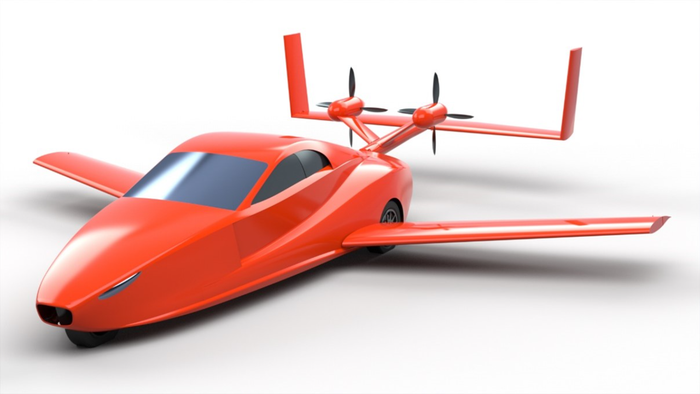Hyundai Reveals Futuristic Smart City With Automated Transport
The smart city shows how urban communities can be rejuvenated
August 4, 2022

Hyundai Motor Group has presented a dramatic vision for a smart city of the future where all the transport is automated.
The innovative concept was exhibited at the World Cities Summit in Singapore, developing an idea first explored by the automaker at CES in 2020.
The latest HMG Smart City is said to be inspired by a honeycomb pattern and is a hexagonal-shaped urban community with a human-centered surface layer and a function-centered underground layer.
Nature is prioritized in the human layer, with parks and forests at the center of the city encircled by buildings, which will decrease in density the closer they are to the greenery.
But it’s the underground layer where Hyundai’s thinking gets more radical. This is where the road infrastructure is located. The idea is that all goods and services are transported underground via autonomous mobility to a particular area’s automated logistics hub, where autonomous robots make the final delivery.
Travel between respective smart cities is by advanced air mobility (AAM). AAM vehicles take off and land from a series of Hub 2.0 Towers, which combine residential and office areas with AAM ports at the top of the building.
According to Hyundai Motor Group President and Chief Innovation Officer Youngcho Chi, the smart city shows how urban communities can be rejuvenated. “In the future smart cities, our ambition is for humankind to live with nature while embracing technology,” he said. “Our air and ground mobility solutions will redefine urban boundaries, connect people in meaningful ways, and revitalize cities.”
“We will continue to work with governments around the globe to bring our smart city vision to reality, while rapidly advancing capabilities in future mobility solutions.”
The Smart City certainly provides added perspective to some of the ideas and tech announced by Hyundai in recent months as the company looks to a future where smarter, more sustainable mobility will be integral.
Driverless robotaxis are being aggressively pursued by the Group, with a self-driving Hyundai Ioniq 5 co-developed with Boston-based Motional due to start operations in Las Vegas next year and another Ioniq 5 featuring the brand’s own in-house autonomous tech recently undergoing tests in Gangnam, Seoul.
It’s also earmarked billions of dollars to develop a new type of transport in so-called electric Purpose-Built Vehicles, which range in size from unmanned micro-sized vehicles for deliveries to larger shuttles.
In May, it announced a massive $5 billion investment in its U.S. operation to support its work in robotics, AI tech, AAM and autonomous driving.
And it is becoming an increasingly high-profile presence in the burgeoning eVTOL (electric vertical take-off and landing) flying taxi industry via its AAM offshoot Supernal. It recently unveiled a concept eVTOL vehicle at England’s Farnborough International Airshow and at the same event confirmed a deal with Rolls-Royce to work on electric propulsion and fuel cell tech for air taxis.
About the Author(s)
You May Also Like








